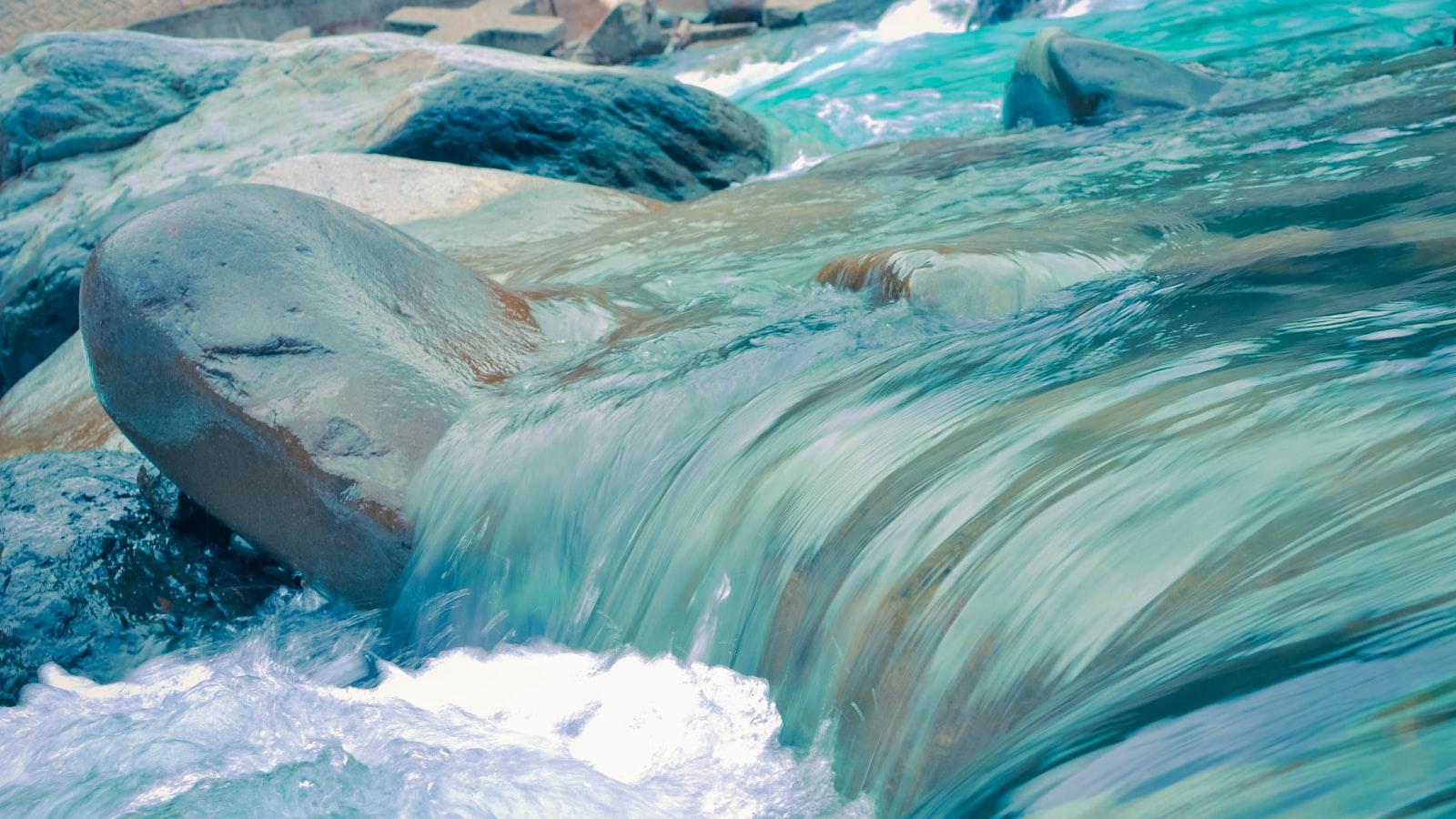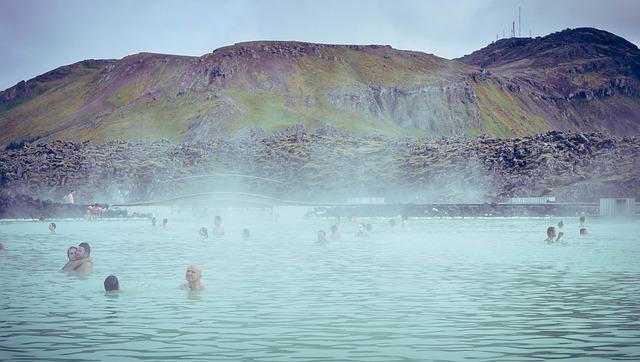Water soaking therapy is a time-honored practice that has been utilized for centuries to promote relaxation and overall well-being. From hot springs to whirlpools, the healing properties of water have been harnessed to soothe both the body and the mind. In this article, we will explore the benefits of water soaking therapy and how you can incorporate it into your self-care routine for maximum relaxation and stress relief. Whether you prefer a luxurious bath or a dip in a natural hot spring, water soaking therapy may be just what you need to unwind and recharge.
Benefits of Water Soaking Therapy
Water Soaking Therapy offers various benefits, ranging from physical to mental well-being. It can help relax your muscles, calm your mind, and stimulate blood circulation. Interestingly, reports suggest that it even aids in reducing blood pressure and improves skin health. Particularly, the heat from the water can loosen stiff muscles and enhance flexibility, providing relief to people with arthritis or similar conditions. Equally important, is its role in stress management. By promoting a feeling of comfort and relaxation, it effectively alleviates anxiety and enhances mental tranquility.
Types of Water Soaking Techniques
Water Soaking Techniques differ based on temperature and kind of additions to the water. Hot water soak, cold water soak, Epsom salts soak, and essential oils soak are the common ones. While Balneotherapy, a traditional therapeutic technique, uses mineral-rich water for skin conditions and musculoskeletal issues. Meanwhile, hydrotherapy employs water in all three states and may involve immersion, steam baths or ice packs.
Best Practices for Water Soaking Relaxation
Optimizing your water soaking session can amplify its benefits. It’s recommended to limit soaking time to 20-30 minutes and maintain the water temperature around 92 to 100 degrees Fahrenheit. Also, to maximize relaxation, considering adding calming elements such as lavender oil or Epsom salts can be beneficial. Remember, proper hydration before and after the soak is crucial to prevent dehydration.
Tips for Creating a Relaxing Water Soaking Environment
Creating an ideal environment for water soaking can substantially enhance your relaxation experience. Soft, dim lighting using safe, waterproof LED candles can set the right mood. Ambient noises or soothing music can also create a serene atmosphere. Consider incorporating plants or surrounding your soak area with calming artwork. Comfortable bath pillows, fluffy towels can add to physical relaxation.
Potential Risks and Precautions of Water Soaking Therapy
While water soaking offers numerous benefits, some precautions are necessary to avert potential risks. Extended exposure to hot water can cause overheating or even fainting. People with certain heart conditions, pregnant women, and those with low blood pressure should consult their doctor prior to starting water soaking therapy. Always remember to check the water temperature before getting in to avoid burns.
Incorporating Water Soaking Therapy into Your Self-Care Routine
Incorporating water soaking therapy into your weekly routine can be effortless and, when done right, immensely gratifying. You can set specific days each week for water soaking, just like you would for exercise or any other self-care activity. To make sure water soaking doesn’t become monotonous, try varying the elements such as different essential oils or Epsom salts. Remember, this serves as a medium to connect with yourself and unwind.
Q&A
Q: What is water soaking therapy?
A: Water soaking therapy, also known as hydrotherapy, involves immersing the body in water to promote relaxation, relieve stress, and treat certain medical conditions.
Q: What are the benefits of water soaking therapy?
A: Some of the benefits of water soaking therapy include improving circulation, reducing muscle tension, relieving joint pain, and promoting overall well-being.
Q: What types of water soaking therapy are available?
A: There are various types of water soaking therapy, such as soaking in a hot tub, taking a bath with Epsom salts, or using a whirlpool spa.
Q: How often should someone partake in water soaking therapy?
A: The frequency of water soaking therapy may vary depending on individual needs and preferences. Some people may find daily sessions beneficial, while others may only engage in it on occasion.
Q: Are there any precautions to consider before participating in water soaking therapy?
A: It is important to consult with a healthcare provider before starting water soaking therapy, especially if you have a medical condition or are pregnant. Additionally, individuals with certain health concerns, such as heart problems or high blood pressure, should use caution when engaging in hot water immersion.
Q: How can someone enhance their water soaking therapy experience?
A: To enhance the relaxation and therapeutic effects of water soaking therapy, individuals can incorporate aromatherapy, gentle music, or relaxation exercises while soaking in the water. Creating a calming environment can further aid in relaxation and stress relief.
Conclusion
In conclusion, water soaking therapy is a simple yet effective way to relax and unwind. Whether you choose to soak in a tub, pool, or hot spring, the benefits of this practice are undeniable. From reducing stress and tension to improving circulation and muscle recovery, water soaking therapy offers a range of physical and mental health benefits. So next time you’re feeling the need to decompress, consider incorporating some water soaking into your routine. Your body and mind will thank you for it.






